Cationic polyelectrolyte
- Packing: Kilogram
- Package type: Bag
- Support 24/7Get in touch with us
- Employment and development of 1% sales locationFrom one million of your purchases, 10 thousand tomans will be spent on new investments.
- Hot offersSpecial offer
In recent decades, due to the water crisis and the increase in factory productions relative to the population growth, the issue of water and wastewater treatment has become an important matter globally. This has led to the increasing attention of all industries and governments to advanced wastewater treatment methods.
Now that the importance of water and its recycling in industrial plants has been established, we examine modern treatment methods using chemicals, one of which is Polyelectrolyte or Flocculants. These are natural polymer chains made of carbon atoms and active groups. The primary function of these natural chains is such that when they react with suspended water particles, they hold together a large number of these water-soluble or wastewater particles like a magnet and cause their agglomeration.
These particles, now connected in a chain-like formation, weigh more than other particles and quickly settle due to their high weight. The settled substances and sediments collect at the bottom of the container or tank, and the treated and usable water can be separated from these sediments.
Technical Specifications of Polyelectrolyte
Polyelectrolyte is indeed a very practical chemical in the wastewater treatment industry. Today, modern wastewater treatment methods with the help of chemicals for recycling water in factories and various industries have been widely welcomed, with Polyelectrolytes being one of these materials.
Polyelectrolytes or Flocculants consist of natural polymer chains comprising a collection of carbon atoms and active groups. Their primary function is such that when they react with suspended water particles, they hold a large number of particles dissolved in water and wastewaters together like a magnet, causing their agglomeration.
Now the particles connected to each other in a chain-like form weigh more compared to other particles and therefore, due to their heavy weight, will quickly settle. These settled substances and sediments will accumulate at the bottom of containers in tanks. Thus, the water that has been treated and is usable can be separated from these sediments.
The Difference Between Anionic and Cationic Polyelectrolytes
The main difference between these two types of flocculants lies in the charge they carry. Anionic flocculants carry a negative charge, and cationic flocculants carry a positive charge. This difference in charge leads to different properties in them, and the outcome of these two materials working together is different.
Polyelectrolyte
Analysis of Flocculant Grades
The colloidal property of imported flocculants, as we discussed earlier, is crucial in the wastewater treatment process. When solid particles clump together, a specific cohesive and attractive force between them arises, forming a mass within the liquid, which then settles.
If the colloidal particles of polyelectrolytes tend to attract a negative charge, they are of the cationic or positively charged type because, as we know, positive charges are attracted to negative charges and vice versa.
If polyelectrolytes tend to attract a positive charge, they are of the anionic or negatively charged type. Another type of polyelectrolytes with neutral charge exists, but their application is very limited and not specific to the positive or negative charge of particles. Flocculants with positive charge are known as cationic, those with negative charge as anionic, and those with neutral charge as nonionic.
Application of Polyelectrolyte
How Polyelectrolytes are Produced
It's noteworthy that there are three methods for producing anionic, cationic, and neutral polyelectrolytes, which are produced in both liquid and powdered forms. For the production of anionic electrolytes, three types of raw materials are typically used: acrylamide, acrylic acid, and sodium hydroxide. Cationic polyelectronics are obtained from a mixture of acrylamide and methyl acrylate chloride monomer.
Neutral polyelectrolyte is made by polymerizing acrylamide into polyacrylamide. These compounds are produced in high quantities in both synthetic and natural forms. Interestingly, the most common natural polyelectrolytes include pectin, alginate, carboxymethyl cellulose, and polypeptides. The synthetic types include materials such as polyacrylic acid, polystyrene sulfonate, polyallylamine, carboxymethyl cellulose, and their salts.
To determine which type of polyelectrolyte can have a better effect on a particular wastewater substance, it's essential to know the electrical charge of the colloids suspended in water, whether positive, negative, or neutral.
If these suspended particles carry a negative charge, then cationic polyelectrolytes with a positive charge should be used. If the charge of these particles is positive, then anionic polyelectrolytes with a negative charge should be used. If the charge of the particles is neutral, neutral polyelectrolytes should be used.
Applications of Polyelectrolytes
- The biggest application of this chemical, especially the anionic type, is in recycling water used by factories. This water, which was previously clean and healthy, has become wastewater in the process of producing factory products. Due to the decreasing freshwater resources in nature and the rapid increase in population, the water crisis and attention to water and wastewater treatment will undoubtedly become the most important global issue in the future.
- Reducing water treatment costs is another application of using polyelectrolytes. Using these materials leads to less energy being spent on water treatment.
- Using anionic polyelectrolyte helps reduce the volume of sludge formed in the tanks of treatment plants and eliminates harmful microorganisms in water.
- The volume of this substance used compared to other coagulants like polyaluminum chloride is much less, so it can be concluded that buying polyelectrolytes for water treatment is more cost-effective.
- Using this practical substance will eliminate the color, taste, and unpleasant odor of water, making it clearer. Using this substance compared to chemicals like aluminum sulfate, which causes sedimentation and cloudiness in water, is better and more effective as it leaves no sediment in the water, so it poses no health risks. This is while substances like chlorine and aluminum sulfate, if used in excess and without proper measurement, can harm human health and the environment.
Other applications of this chemical include:
- Another application of this substance is in the agricultural industry to repel pests and poisons and is also used to prevent soil erosion. These compounds help plants absorb more water, resulting in larger and stronger plants with more extensive roots and promote faster and more abundant germination and better absorption of fertilizers.
- Another widespread application of flocculants, due to their hydrophilic nature and solubility in water, is in the medical industry. Polymers will exhibit different properties when they react to magnetic, temperature, and pH changes. These polymers can neutralize harmful compounds in the body. They have a significant impact on the availability and proper distribution of supplements, which is why they are used in synthesizing numerous drugs.
- These substances are also used in electrophoresis, sugar production, cosmetics manufacturing, screen printing, paper industry for coagulation, and polymer production.
Polyelectrolyte
Buying and Selling Polyelectrolyte
The online polymer and chemical store Elsapa, with a brilliant track record in the field of import, export, supply, and sale of this substance, operates effectively. This reputable company has been able to sell this chemical substance directly with the highest quality and the most suitable price, achieving numerous successes in this area.
All imported chemical substances in this company are examined under a quality control system and offered to customers after quality confirmation.
Types of Polyelectrolytes
Flocculants, or Polyelectrolytes, are categorized based on the type of charge they carry into three groups (mentioned below in the text).
- Anionic: In response to the question of what is an anionic polyelectrolyte, these are flocculants capable of ionization with a negative charge. They are linear polymers and also soluble in water. It should be noted that these substances are available in the form of white powder. These types of flocculants do not dissolve in solvents like benzene and acetone.
- Cationic: Likewise, in response to the question of what is a cationic polyelectrolyte, these flocculants can ionize with a positive charge, and the net charge of these flocculants is positive. It's important to know that cationic particles, copolymers with a positive charge, and polymers fall into this category.
- Non-ionic or Neutral: Polymers without charge or neutral are referred to as non-ionic polyelectrolytes.
Experience Polyelectrolyte with suitable prices from the reputable company Elsapa. This practical substance will be sold under various brands. To learn about how to buy and sell polyelectrolytes, you can easily contact our professional experts in the sales and support unit of Elsapa.
Safety Notes and Storage Conditions for Polyelectrolytes
Chemical compounds, in addition to their properties and applications, can also have dangers and harms. The MSDS, Material Safety Data Sheet, shows safety points, hazards, usage, and storage of polyelectrolytes. Be aware that these substances, if in contact with your skin and eyes, can cause irreparable dangers, but the use of gloves and special glasses when working with this chemical is essential to prevent burning of the skin and eyes.
When this practical substance is exposed to moisture, it reduces its performance. It is better to store these substances in a dry place. Avoid swallowing and eating these substances. If you ingest this material, immediately seek medical attention to take necessary medical actions promptly. Before buying this material, you must provide suitable conditions for its storage.
Price and Packaging of Polyelectrolytes
This chemical substance is usually packaged in double-layer bags and has an expiration date of about 2 to 3 years. If you open their packaging, you have a maximum of 20 days to use the polyelectrolytes. The plastic and paper double layers used in their packaging are very suitable for humid conditions of some regions to prevent moisture from forming in the materials. We recommend storing these packages in a dry and cool place.
The price of polyelectrolytes usually varies with the daily exchange rate, but for purchasing these materials at a reasonable price, you can use the products of Elsapa company, as this company offers its products at the best prices and highest quality, making purchasing from this company cost-effective.
Polyelectrolyte
Final Words
Polyelectrolyte is a practical chemical substance in the wastewater treatment industry. There are three different methods for producing this chemical. For purchasing this specific chemical substance, you can order it online from the Elsapa company.
Buy Polyelectrolyte
Elsapa online store of chemical and polymer materials and water treatment is a Polyelectrolyte seller with the best price and high quality.
In order to buy, you can contact Behnam Asadollahi, expert in the sale of Polyelectrolyte of Elsapa company.
Contact phone: 02186017285 extension 306

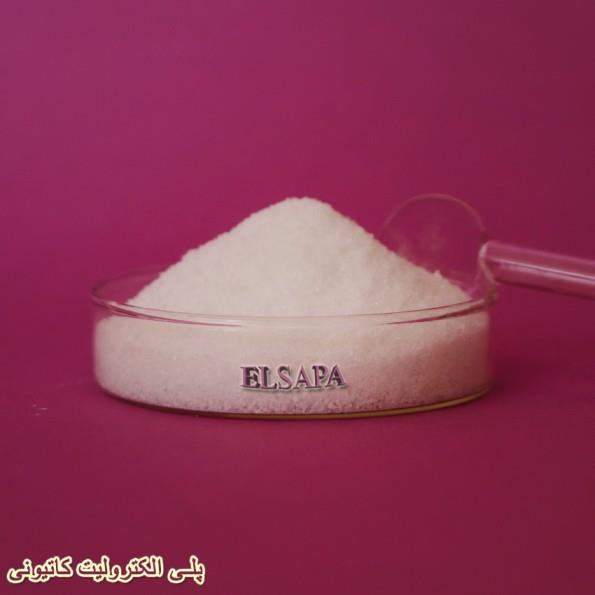

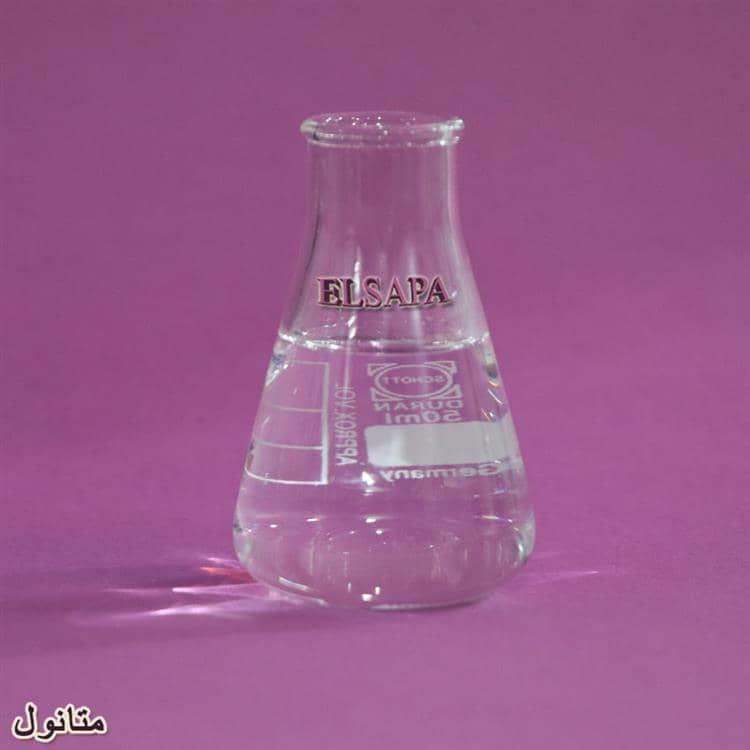
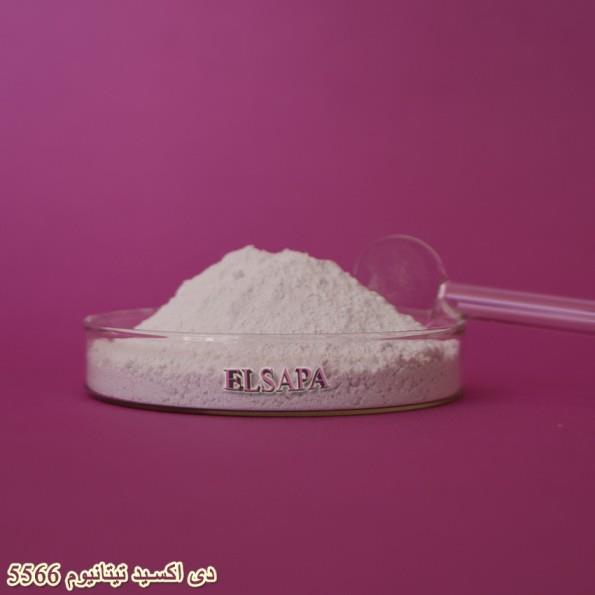
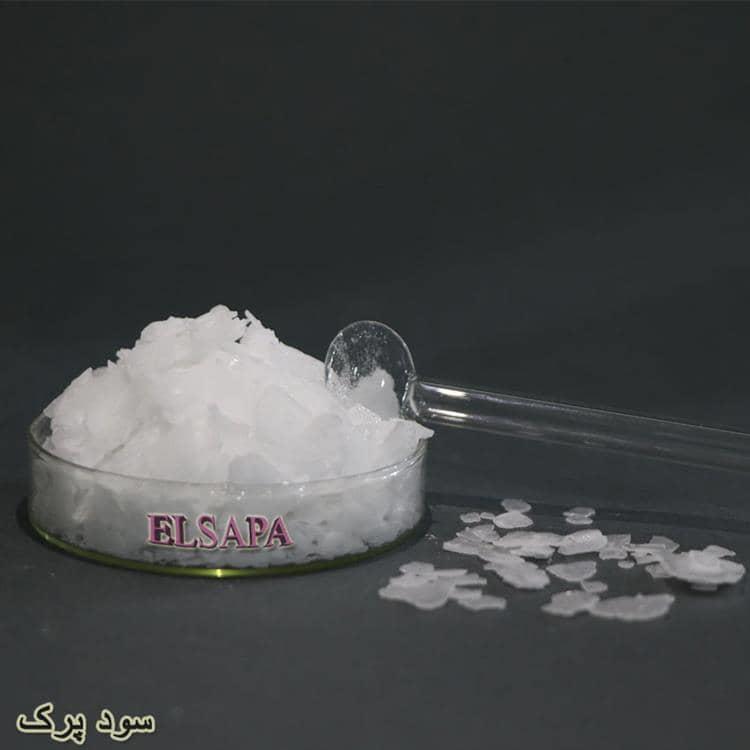
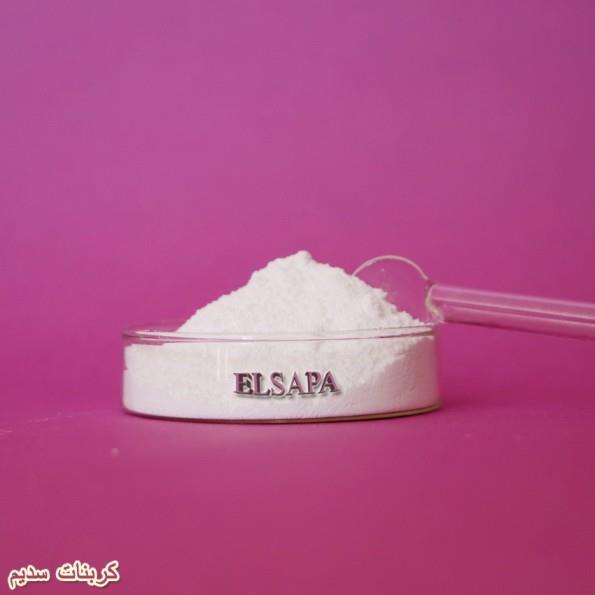
.jpg)
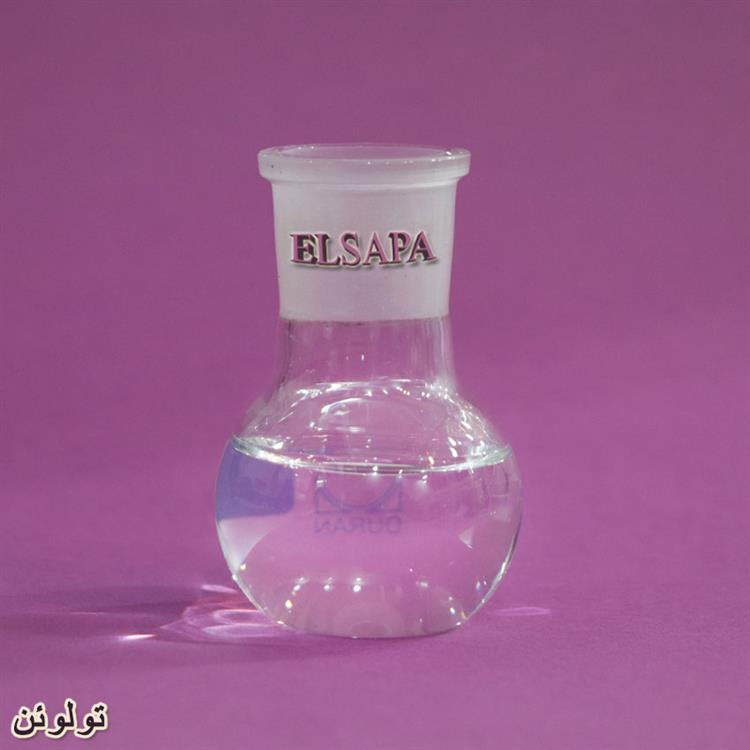
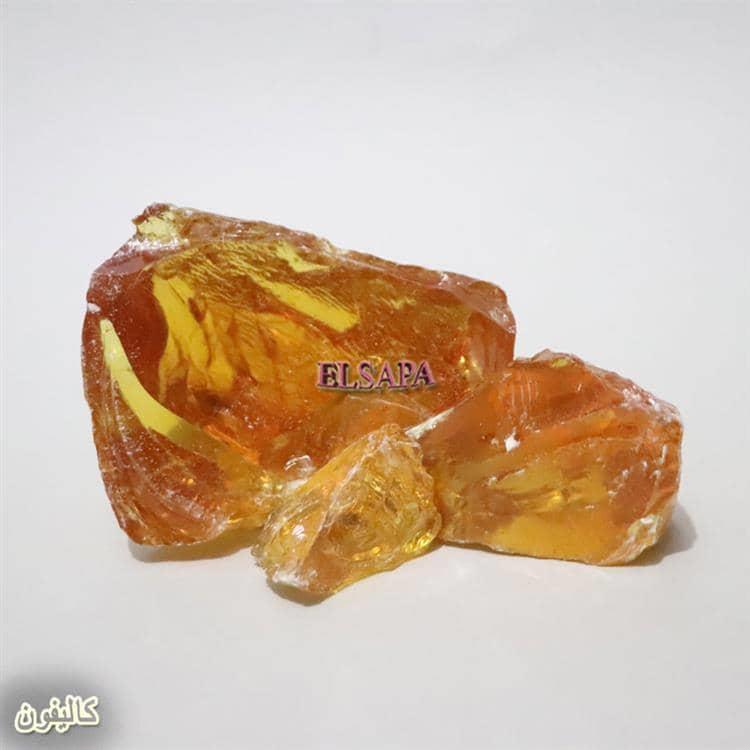
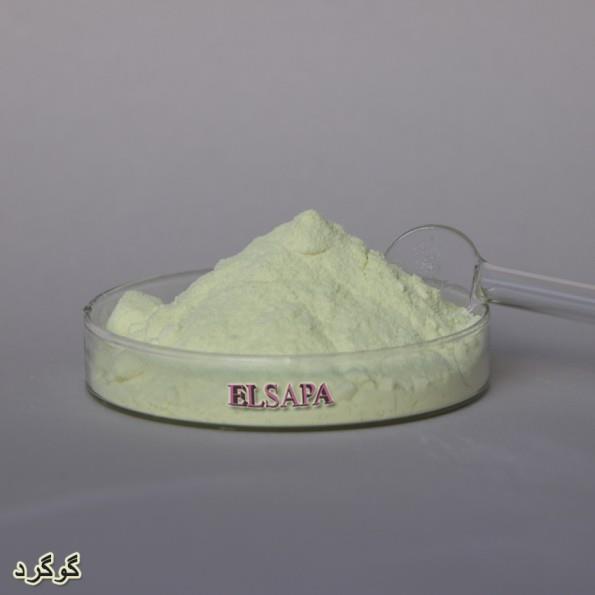
.png)